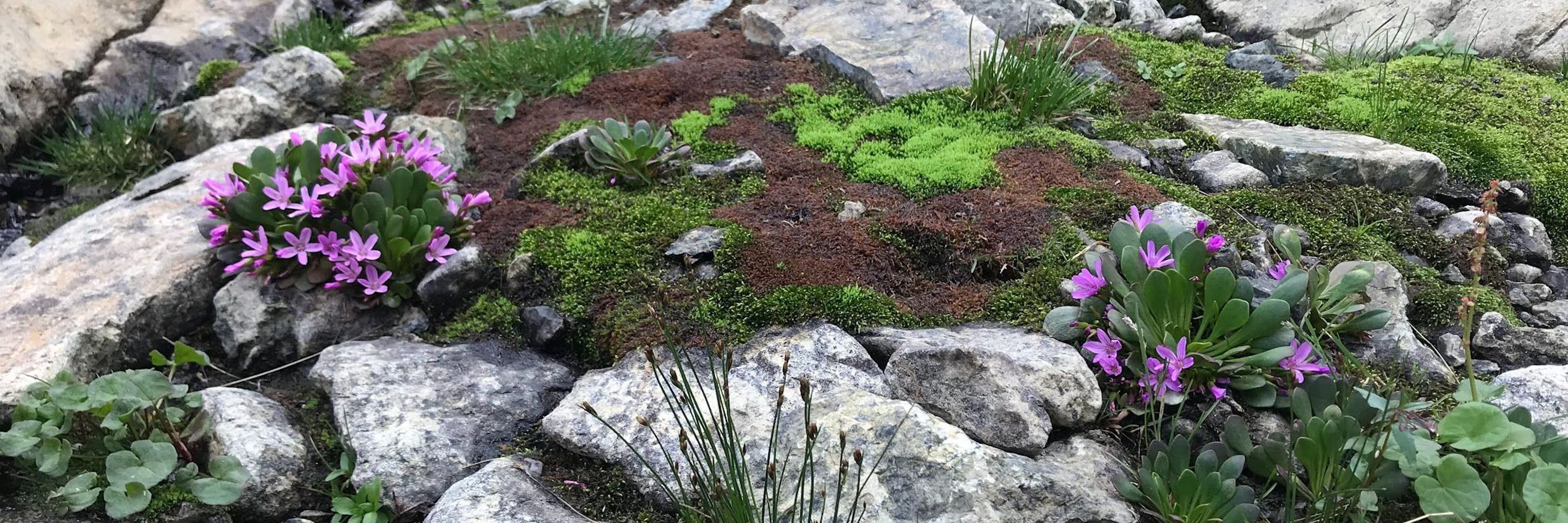
NobodyNursery.com
🏳️🌈🏳️⚧️



tinyurl.com/NobodyNurseryInventory

tinyurl.com/NobodyNurseryInventory
Got a shady spot you’re trying to fill? Amphipoea americana (American ear-moth) is asking you to plant Carex leptopoda (slender-foot sedge). This mediums-sized American ear-moth is warm orange-brown with . . .


Got a shady spot you’re trying to fill? Amphipoea americana (American ear-moth) is asking you to plant Carex leptopoda (slender-foot sedge). This mediums-sized American ear-moth is warm orange-brown with . . .
Hesperia colorado oregonia (Oregon branded skipper) is a charming butterfly in need of habitat in Washington. Assessed by NatureServe as imperiled (T2) and WDFW as a species of . . .


Hesperia colorado oregonia (Oregon branded skipper) is a charming butterfly in need of habitat in Washington. Assessed by NatureServe as imperiled (T2) and WDFW as a species of . . .


When you park on go down to the beach, there is very likely a peavine growing among the shrubs and extending down into the driftwood. Vicia nigricans var. gigantea (giant vetch) is pretty limited to . . .


When you park on go down to the beach, there is very likely a peavine growing among the shrubs and extending down into the driftwood. Vicia nigricans var. gigantea (giant vetch) is pretty limited to . . .
Are you acquainted yet with Stachys cooleyae (Cooley’s hedge-nettle, aka S. chamissonis)? Not a true nettle, it doesn’t sting and the whole plant is edible raw . . .

Are you acquainted yet with Stachys cooleyae (Cooley’s hedge-nettle, aka S. chamissonis)? Not a true nettle, it doesn’t sting and the whole plant is edible raw . . .
Perhaps our region’s most charismatic rush is Juncus ensifolius (dagger rush). This wetland species produces narrow iris-like leaves and puts up ball-shaped clusters of chocolate brown blossoms . . .

Perhaps our region’s most charismatic rush is Juncus ensifolius (dagger rush). This wetland species produces narrow iris-like leaves and puts up ball-shaped clusters of chocolate brown blossoms . . .
Very similar to L. comosa (Pacific woodrush), Luzula parviflora (small-flowered woodrush) is a significant focus for the nursery’s production this year because it can grow pretty much anywhere . . .



Very similar to L. comosa (Pacific woodrush), Luzula parviflora (small-flowered woodrush) is a significant focus for the nursery’s production this year because it can grow pretty much anywhere . . .
Today I created an easy-to-use google form containing checkboxes . . .

Today I created an easy-to-use google form containing checkboxes . . .
See me this Saturday at Salish Trees, just outside of Kingston!

See me this Saturday at Salish Trees, just outside of Kingston!









If you read nothing else, take note that I'm running a 25% sale on all inventory, just cuz. This is automatically applied in the online store, so no promo code is necessary. The discount isn't available at pop-up sales . . .

If you read nothing else, take note that I'm running a 25% sale on all inventory, just cuz. This is automatically applied in the online store, so no promo code is necessary. The discount isn't available at pop-up sales . . .



Formerly classified as a part of S. canadensis (Canada goldenrod), Solidago elongata and S. lepida have relatively recently been split off into their own two species.



Formerly classified as a part of S. canadensis (Canada goldenrod), Solidago elongata and S. lepida have relatively recently been split off into their own two species.
When you park on go down to the beach, there is very likely a peavine growing among the shrubs and extending down into the driftwood.




When you park on go down to the beach, there is very likely a peavine growing among the shrubs and extending down into the driftwood.


